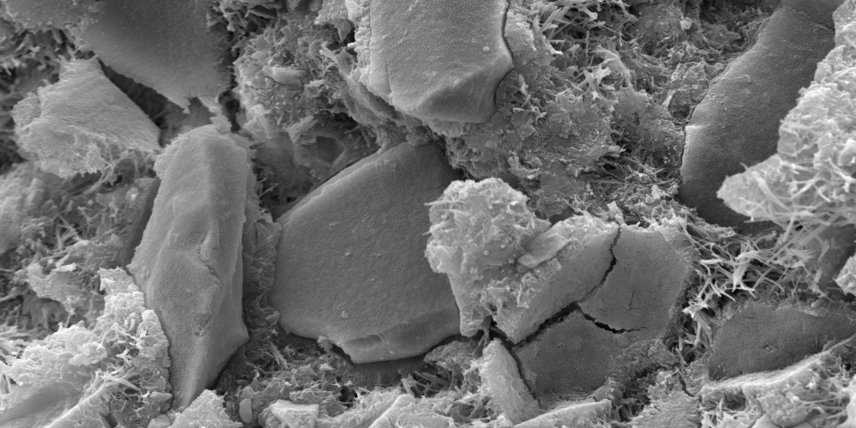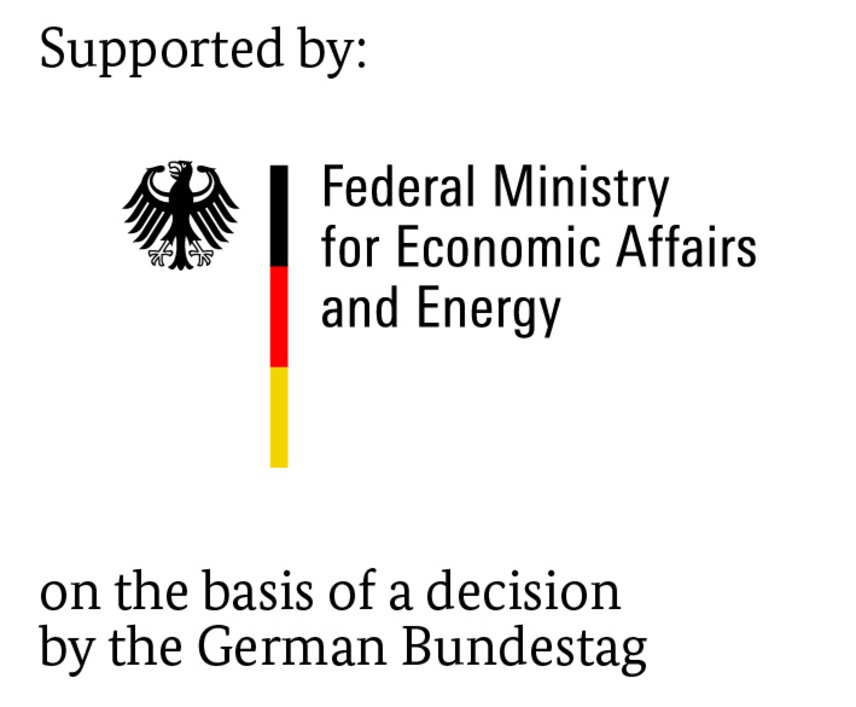Portland cement clinker has always been the most important main constituent of cement. Due to the amount of CO2 emissions released during its manufacture, alternative cement constituents have been used over the years in order to consistently reduce these emissions. For example, through the use of blastfurnace slag, fly ash, limestone, burnt shale or pozzolana. As these are generally industrial by-products, both economic and seasonal factors influence their availability. In order to be able to further reduce the clinker factor in the future, cement manufacturers need to be able to use these materials as flexibly as possible. Beyond the common cements previously standardised according to DIN EN 197-1, a number of additional composite cements with higher amounts of several main constituents are conceivable. As the classification of these composite cements according to DIN EN 197-1 was not included for a long time, they have also been designated as CEM X cements. Once included in the European standardisation, they are likely to be classified as CEM II/C and CEM VI.
Durability properties of concrete with blastfurnace slag and fly ash cement
The aim was to facilitate an efficient use of the new cements in high-performance and durable concretes, while taking into consideration the availabilities and origins of the cement constituents.
Background and goals of the research project

The unsatisfactory database – in particular for the durability-related performance of concrete using CEM X cements – as well as the compilation of this database and its subsequent use by the many SMEs within the construction materials industry and the building industry present considerable scientific and technical challenges for this research project.
The aim was to facilitate an efficient use of the new cements in high-performance and durable concretes, while taking into consideration the availabilities and origins of the cement constituents. Recommendations for the use in accordance with the respective exposure classes should be drawn up for these cements, analogous to Annex F of DIN 1045-2 based on laboratory and field site testing. Moreover, the knowledge of hydration-based key durability values should be expanded (see below IGF project 17123 N – Determination of hydration-based key values for the prediction of concrete durability). Finally, fundamental preliminary studies should be carried out for a possible implementation of the new composite cements into national and European standards.
Project partners
Sponsors

The IGF project 18228 N of VDZ Technology gGmbH was supported by the AiF within the framework of Industrial Collective Research (IGF) of the Federal Ministry of Economic Affairs and Energy on the basis of a decision of the German Bundestag.
